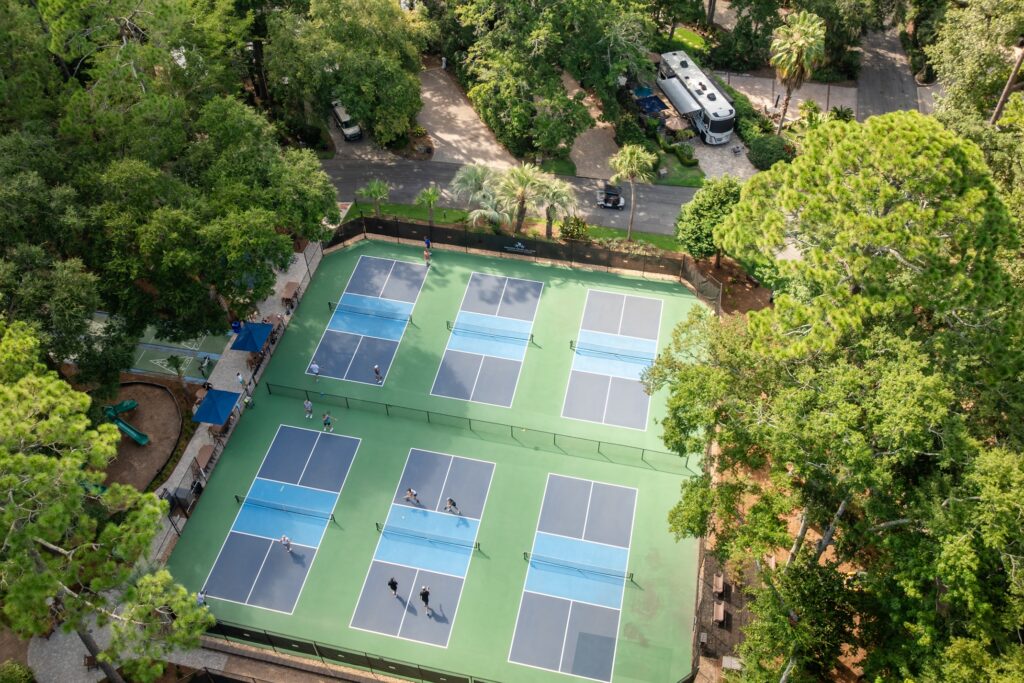Long trips in your motorcoach require some advance planning to handle general life logistics. If you own a brick and stick home, you will need to make additional arrangements for the time away. It’s best to make a simple checklist of everything you must manage to ensure all bills are paid and everything is handled. Doing this in advance will remove stress and make for an easy transition to the road.
Motorcoach Papers
Make a file to carry on the road with everything important to your motorcoach. Insurance is a top priority and it also helps to have a copy of your title and any owners manuals and instructions for the motorcoach. Manuals and instructions for your plumbing, electrical, heating and cooling system and everything else relevant are handy to keep along at all times. They will also be used in the event you require service while traveling. RV mechanics and repair folks can benefit from having the spec information available.
Check and Prep Tanks
Preparing the motorcoach itself requires some attention before you hit the road. Check your tanks to ensure everything is closed off and use shore power to charge up and cool the fridge in advance but remove that power when you hit the road. Also, check your tire pressure, fluids and everything important mechanically. You will want plenty of washer fluid for the big windshield as well. Lastly, close all vents and make sure the housing area has loose items stored away for the trip. When everything is secured and you’re disconnected from hookups, it’s time to hit the open road.
Plan Your Route
Traveling blind is possible but it helps to have a route ready with options for stops. This is especially true in the world of Class A motorcoach travel. In a big Class A, you want to have things lined out in advance to avoid being stuck in city traffic and on narrow roads. Plan like a truck driver and take advantage of truck stops for high clearance fuel pumps and room to park and maneuver. You will arrive with fewer headaches by planning out a safe and easy route in advance.
Manage Your Full-time Home
A full-time residence requires planning to leave when you hit the road. Utilizing a house sitter or caretaker is a good idea for high maintenance properties. If your pets are not coming, a pet sitter is also essential. You want to schedule out lawn care for long trips away and a person to check on the house and grab the mail at a minimum. If your house is left unoccupied, a quality security system can provide peace of mind. Many modern systems allow you to check-in on video to see the status of things. The more advanced planning you do, the fewer headaches you will have on the road.
Go Digital and Mail Forwarding
Leaving home and living in a semi-mobile state is much easier when you don’t have a paper trail. Take all of your bills and bank accounts digital to prevent the need for physical mail. You can do most things online, saving paper and the physical location requirement of a home. For the mail you do need, forwarding services are useful. The U.S. Post Office has forwarding options, making it possible to receive mail around the country. Timing the forwarding is best done when you have long stays at a single RV resort.
If you don’t have a traditional home, buy or lease a mailbox for your address and mail needs. You will even find full scale services that offer an address and mail scanning each month. They will actually scan your mail and email you copies to read. This is ideal for full-time motorcoach travelers who need a residence for paperwork and logistics without actually keeping a house. Determining the best course of action in terms of state residency is really the big factor here. South Dakota is popular because you can register vehicles and manage everything through a service while traveling. You might want to keep a specific state residency elsewhere however and using the mailbox of a friend or a simple box service will work for most people.





